The Ultimate Guide to Concrete Polishing: Costs, Benefits, and Services
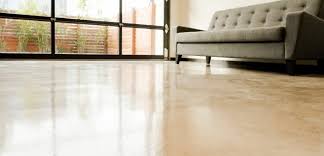
Concrete floors have become an increasingly popular choice for both residential and commercial spaces, valued for their durability, aesthetics, and low maintenance needs. One standout option in the realm of concrete flooring is polished concrete. This process not only enhances the visual appeal but also improves the longevity of your floor. In this guide, we delve deep into the world of concrete polishing, covering everything from costs and benefits to the techniques and services involved.
What is Concrete Polishing?
Concrete polishing is a multi-step process that involves grinding, honing, and polishing a concrete surface to achieve a smooth and reflective finish. The technique transforms dull, porous concrete into a sleek and glossy floor that resembles natural stone. Unlike traditional flooring options, polished concrete eliminates the need for additional coverings and showcases the raw beauty of the concrete itself.
Polished concrete floors are highly customizable, with options ranging from different levels of sheen—matte, semi-gloss, or high-gloss—to a variety of decorative finishes, such as stains, dyes, or scoring patterns. Whether it’s for an industrial warehouse, retail store, or a modern home, polished concrete offers a versatile solution that is both practical and visually appealing.
Benefits of Concrete Polishing
Durability and Longevity
Polished concrete floors are exceptionally durable, making them an ideal choice for high-traffic areas. The polishing process strengthens the surface, making it resistant to scratches, abrasions, and stains. This is particularly advantageous in commercial environments where floors are subjected to heavy equipment, foot traffic, and constant use.
Low Maintenance
Unlike other flooring options that require frequent waxing or resurfacing, polished concrete floors are relatively low maintenance. Their smooth and sealed surface makes them easy to clean, reducing the accumulation of dust, dirt, and allergens. Routine maintenance typically involves just regular sweeping and occasional damp mopping, saving time and reducing upkeep costs.
Aesthetic Appeal
The sleek, reflective finish of polished concrete can brighten any space by enhancing natural and artificial lighting. The glossy surface can give the illusion of a larger space, making it a popular choice for showrooms, galleries, and modern residential homes. Moreover, various stains and dyes can be added to the concrete to create a custom look that complements the design of the space.
Cost-Effective Flooring Solution
When compared to traditional flooring materials like tile, marble, or hardwood, polished concrete offers a more economical solution, both in terms of upfront costs and long-term maintenance. Given its durability, polished concrete does not need frequent replacement or repairs, making it a cost-effective investment over time.
Eco-Friendly Option
Concrete polishing is an environmentally friendly flooring option, as it uses the existing concrete slab without the need for additional materials. The process can also improve indoor air quality by eliminating the need for sealants and coatings that emit volatile organic compounds (VOCs). Furthermore, the reflective surface reduces the need for excessive artificial lighting, contributing to energy efficiency.
The Concrete Polishing Process
Step 1: Surface Preparation
The process begins with preparing the concrete surface, which involves cleaning it thoroughly to remove dirt, grease, and existing coatings. Any cracks or imperfections are filled in to ensure a smooth and even surface. This stage is crucial, as it lays the foundation for a flawless polish.
Step 2: Grinding
Once the surface is prepped, the grinding phase starts. Heavy-duty grinding machines equipped with diamond-segmented abrasives are used to strip away the top layer of the concrete. This exposes a fresh, level surface. Depending on the desired finish, the grinding process can be repeated with progressively finer grit abrasives.
Step 3: Honing
Honing is the intermediate step that involves using finer abrasives to smooth out the concrete surface further. At this stage, densifiers are often applied. These chemical hardeners penetrate the concrete, increasing its hardness and enhancing its resistance to stains and abrasions.
Step 4: Polishing
In the final step, the concrete is polished using high-grit abrasives until the desired level of gloss is achieved. The result is a shiny, mirror-like finish that reflects light beautifully. Depending on the intended look, this process can be adjusted to create a matte, semi-gloss, or high-gloss sheen.
Types of Concrete Polishing Machines
Planetary Grinders
Planetary grinders are one of the most commonly used machines for concrete polishing. These machines have multiple rotating heads that spin in opposite directions, allowing for a smooth and consistent finish. They are ideal for large surface areas and can handle heavy-duty grinding and polishing tasks.
Single-Head Grinders
Single-head grinders are smaller machines suitable for less intensive projects. They are great for tight spaces and detailed work, such as edging. Although they are less powerful than planetary grinders, single-head grinders provide excellent control and precision.
Burnishers
Burnishers are typically used in the final stage of polishing to enhance the shine and luster of the concrete. They operate at high speeds and use special polishing pads that can achieve a glass-like finish. Burnishers are perfect for high-gloss applications where a reflective surface is desired.
Cost of Concrete Polishing
The cost of concrete polishing can vary significantly based on several factors, including the size of the area, the condition of the existing concrete, and the level of finish desired. On average, the cost ranges from $3 to $12 per square foot. Here’s a breakdown of typical pricing:
- Basic Polish: $3 to $5 per square foot (light grind and minimal shine)
- Mid-Range Polish: $5 to $8 per square foot (includes densifiers and medium gloss)
- High-End Polish: $8 to $12 per square foot (high-gloss finish with decorative options)
Additional costs may apply for extensive surface preparation, decorative elements, or custom finishes.
What to Look for in Concrete Polishing Services
Experience and Expertise
Choose a contractor with extensive experience in concrete polishing. Look for reviews, testimonials, and portfolio examples to ensure they can deliver high-quality results. An experienced contractor will have a deep understanding of the different polishing techniques and equipment required for various types of projects.
Quality of Equipment
The quality of the equipment used plays a crucial role in the outcome of the polished concrete floor. Ensure that the contractor uses professional-grade polishing machines and high-quality abrasives. Modern, well-maintained equipment can make a significant difference in achieving a flawless finish.
Comprehensive Services
Opt for a service provider that offers a full range of concrete polishing services, from surface preparation to final finishing. This ensures a cohesive process and minimizes the risk of complications during the project.
Frequently Asked Questions (FAQs)
What are the benefits of concrete polishing?
Polished concrete floors offer durability, low maintenance, aesthetic appeal, cost savings, and eco-friendliness.
How is concrete polishing done?
The process involves surface preparation, grinding, honing, and polishing to create a smooth and reflective finish.
What types of concrete polishing machines are commonly used?
Common machines include planetary grinders, single-head grinders, and burnishers, each suited for different stages and project types.
How much does concrete polishing typically cost?
Costs range from $3 to $12 per square foot, depending on the level of finish and surface preparation required.
What should I look for in concrete polishing services?
Look for experience, high-quality equipment, and a comprehensive range of services to ensure the best results.
Polished concrete is a sustainable and stylish flooring solution that adds value to any space. By understanding the costs, benefits, and process involved, you can make an informed decision and achieve a beautiful, lasting finish for your floors.
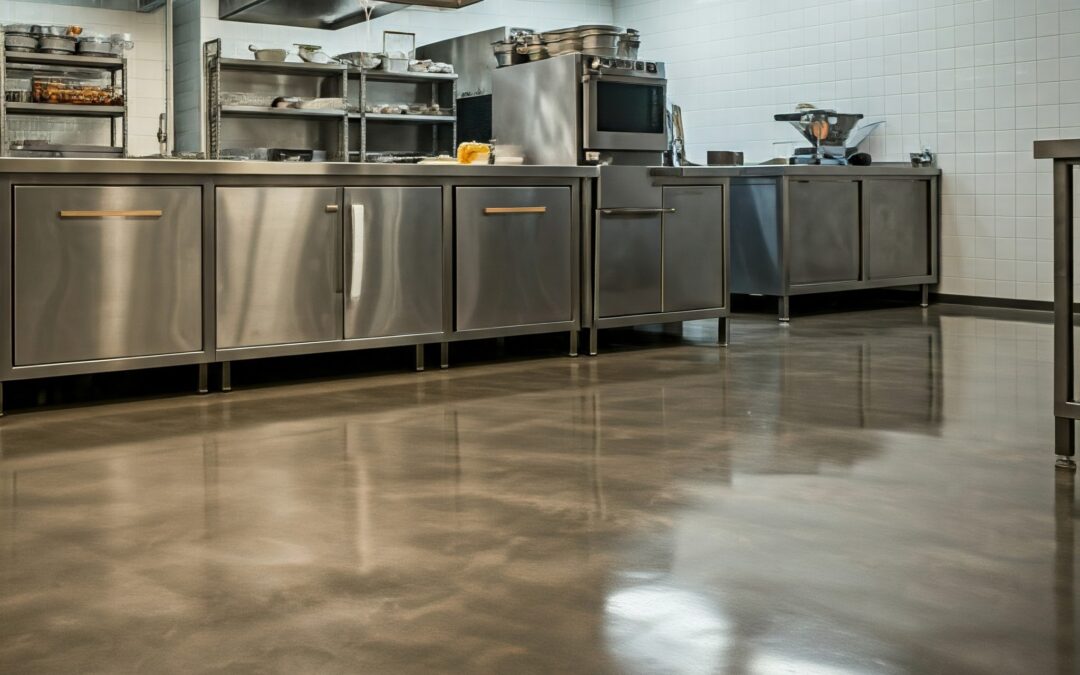
Transform Your Space with Commercial Concrete Polishing: Services and Benefits
Concrete polishing is a transformative solution for commercial, industrial, and warehouse spaces, offering durability, aesthetic appeal, and low maintenance. Whether you're revitalizing an old floor or finishing a new one, polished concrete provides a sleek and...
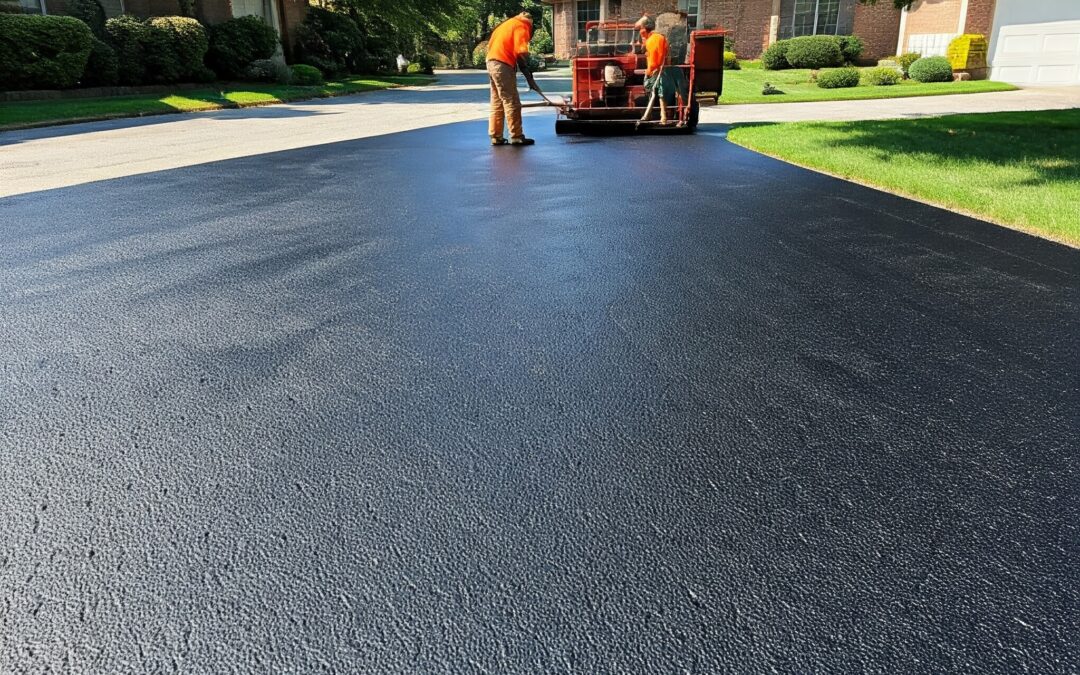
Seal Coating Driveways: Costs, Benefits, and Expert Solutions
Seal coating driveways is an essential maintenance step that protects surfaces, enhances durability, and boosts curb appeal. Whether you have asphalt or concrete, a well-applied seal coat creates a protective barrier against weather, UV rays, and wear, extending the...
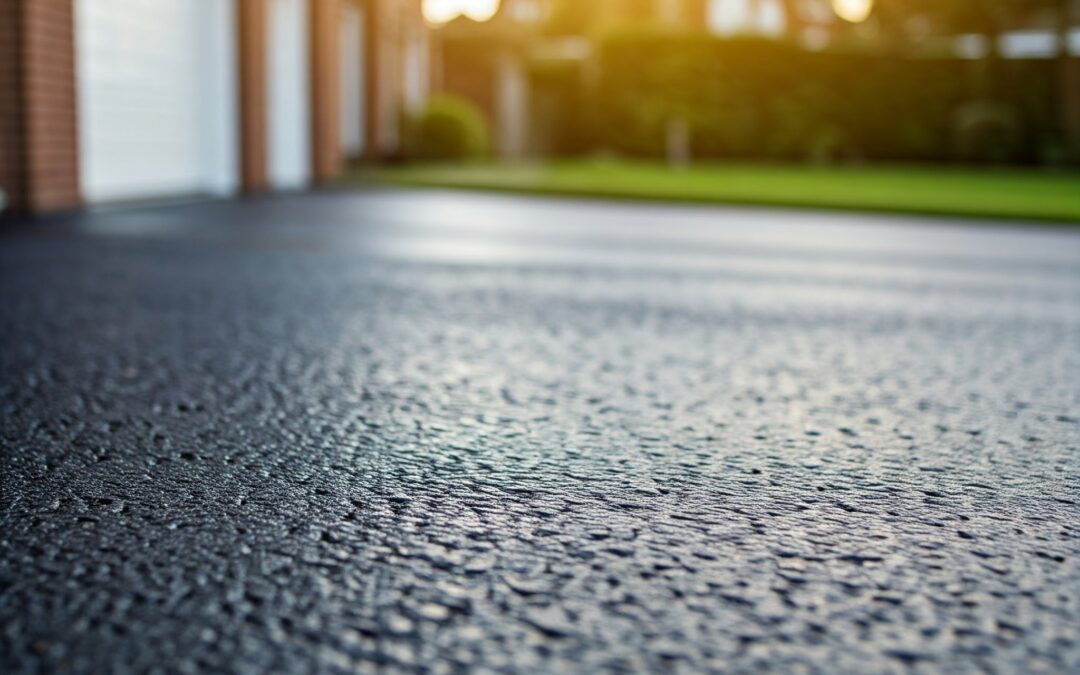
Driveway Coating Solutions: Costs, Ideas, and Best Options
Driveway coatings are essential for enhancing durability, improving aesthetics, and protecting your surface from harsh weather and wear. With various options available, choosing the right coating for your needs depends on factors such as cost, durability, and desired...
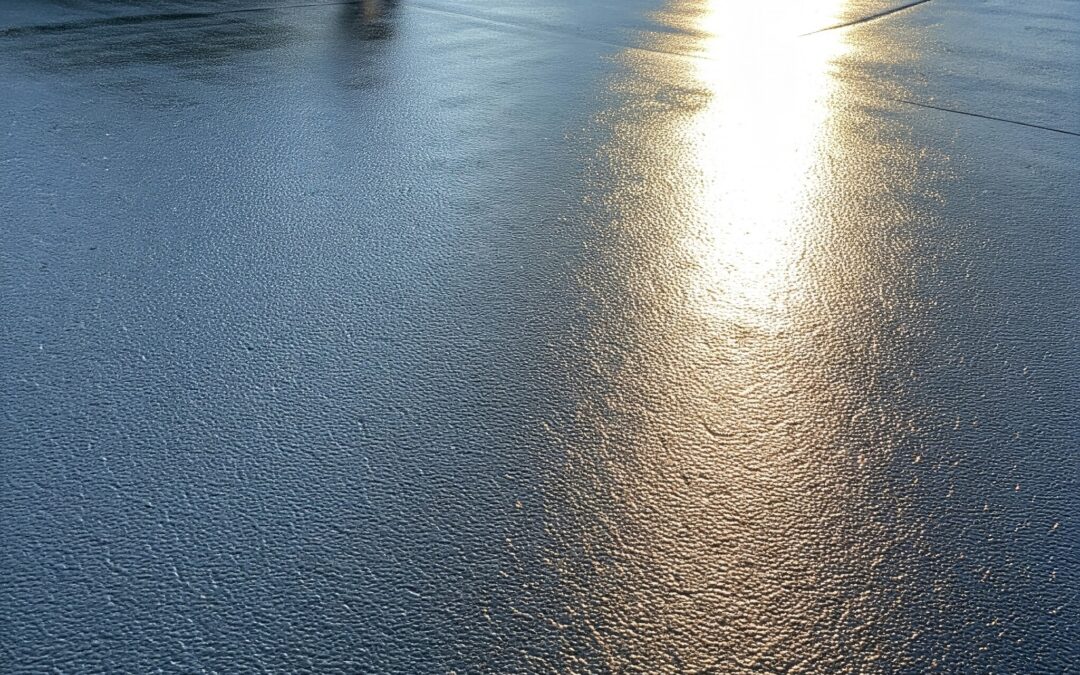
Seal Coating Driveways: Costs, Benefits, and Expert Tips
Seal coating is an essential maintenance step for asphalt driveways, offering a cost-effective way to protect and enhance their longevity. By applying a protective layer, seal coating shields driveways from wear and tear caused by weather, traffic, and UV rays. If...
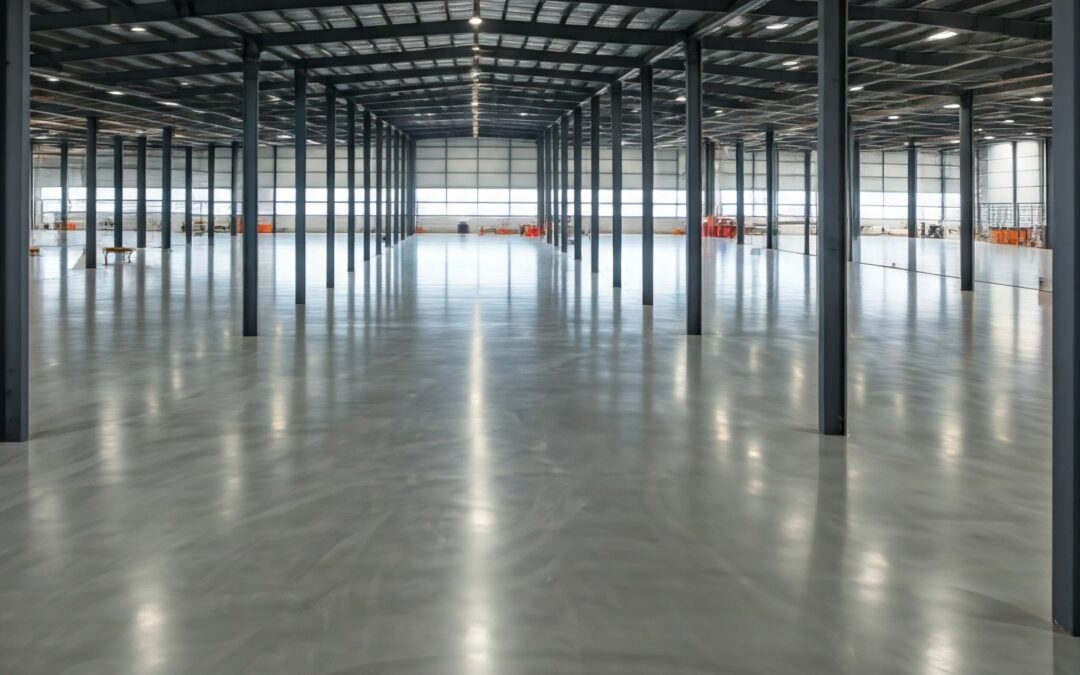
Industrial Epoxy Flooring Solutions: Durable, Safe, and Long-Lasting
Industrial epoxy flooring is a cornerstone of durable and safe workspaces, offering unmatched performance in high-demand environments. From warehouses to manufacturing plants, these floors provide resistance to wear, chemicals, and impact while maintaining a sleek and...
